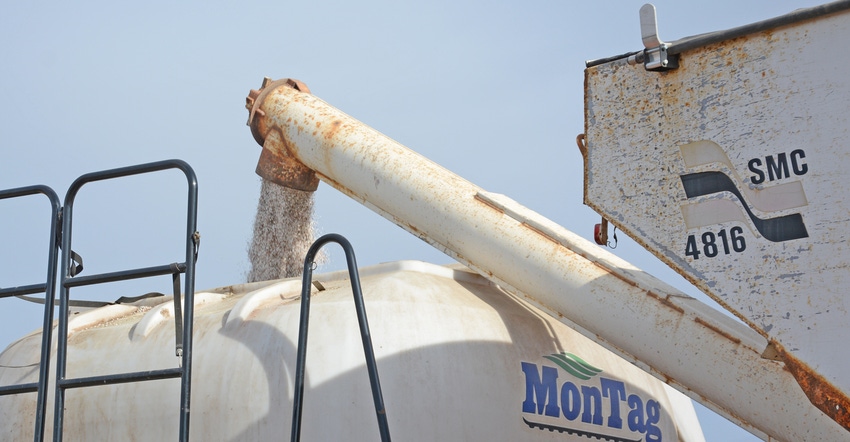August 25, 2022

Minnesota Department of Agriculture officials are reminding farmers and commercial applicators that fall nitrogen fertilizer applications are restricted in some areas of the state.
Under the MDA’s Groundwater Protection Rule, fall nitrogen fertilizer application is prohibited in vulnerable areas of Minnesota due to environmental concerns or risks. Areas with coarse-textured soils or areas above fractured bedrock or karst geology are the most vulnerable to nitrate loss and groundwater contamination.
The MDA announced updates to the fall nitrogen fertilizer restriction map in January. These updates were made to correct GIS (geographic information systems) and data issues.
An additional 248,433 cropland acres and 603,654 non-cropland acres were added to the fall nitrogen fertilizer restriction map, while 4,659 cropland and 20,506 non-cropland acres were removed from the map.
The Groundwater Protection Rule applies to cropland acres. The restrictions begin Sept. 1 each year.
Farmers are encouraged to check the new map prior to this fall to determine if their fields are subject to these restrictions.
View a map of the vulnerable regions of the state. For more information on the restrictions outlined in the Groundwater Protection Rule, visit mda.state.mn.us/nfr.
Know soil temps
In other areas of the state where fall nitrogen fertilizer application is allowed, the MDA advises farmers and commercial applicators to check soil temperatures and wait for cooler conditions. Research shows that delaying fall application of anhydrous ammonia and urea fertilizer, as well as manure, until the average soil temperatures reach 50 degrees F or cooler helps prevent nitrogen loss, protects water quality, and ensures more nitrogen will be available for next season’s crop.
To assist tracking soil temperature, the MDA provides real-time, 6-inch soil temperatures at 25 locations across the state. In addition, the MDA provides links to soil temperature from the University of Minnesota research stations and the North Dakota Ag Weather Network weather stations. View the interactive map to find the current 6-inch soil temperature and the past week’s history.
Although the soil temperature network was established to support application of N fertilizer, it is equally useful for those applying manure in the fall. University of Minnesota Extension recommends the same temperature delay (6-inch soil temperature below 50 degrees) to prevent leaching losses.
For more information on the 6-inch soil temperature network, visit mda.state.mn.us/soiltemp.
Source: The Minnesota Department of Agriculture, which is solely responsible for the information provided and is wholly owned by the source. Informa Business Media and all of its subsidiaries are not responsible for any of the content contained in this information asset.
You May Also Like




